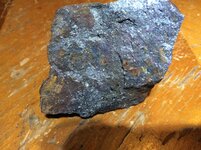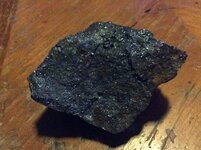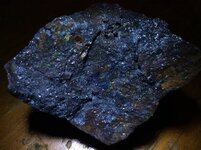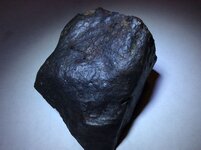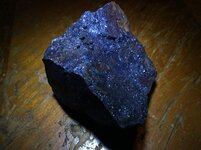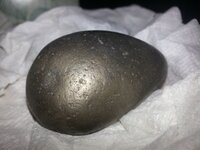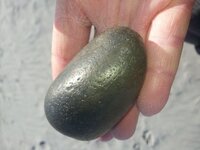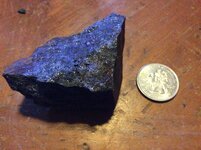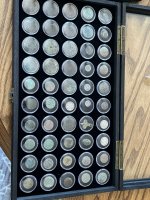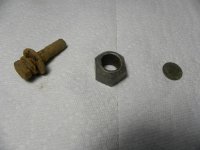hvacker
Bronze Member
Ok so I finally mounted my Trinitite from Trinity Site white sands missile range. Its glass from the first nuclear explosion. View attachment 1278267
Trinitite, also known as*atomsite*orAlamogordo glass, is the*glassy*residue left on the desert floor after the*plutonium-basedTrinity*nuclear bomb test*on July 16, 1945, near*Alamogordo,*New Mexico. The glass is primarily composed of*arkosic*sand composed of*quartz*grains and*feldspar*(bothmicrocline*and smaller amount of*plagioclasewith small amount of*calcite,*hornblende*andaugite*in a matrix of sandy*clay)[2]*that was melted by the atomic blast. It is usually a light green, although color can vary. It is mildly radioactive but safe to handle.[3][4][5]
In the late 1940s and early 1950s, samples were gathered and sold to*mineral collectorsas a*novelty. Traces of the material may be found at the Trinity Site today, although most of it was bulldozed and buried by the*United States Atomic Energy Commission*in 1953.[6]It is now illegal to take the remaining material from the site; however, material that was taken prior to this prohibition is still in the hands of collectors.
I had a job once on top of Oscura Peak, the mountain just to the N of Trinity Site. What was cool is I could look off the mountain and see this a perfect circle where the bomb was detonated. I know it's said the site was bull dozed but the circle still remains. I eventually went to the site on one of the two days a year there is public access. Had a great cheeseburger at the Buckhorn too.
My wife has a piece of Trinitite but it was purchased at the rock shop in Bingham.
I got close again when my rock club went to the Blanchard mine near Bingham. Of course most of the area is off limits because of the military.
Amazon Forum Fav 👍
Last edited:


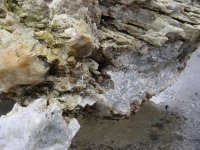
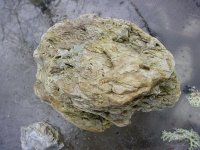
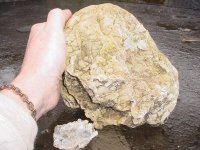
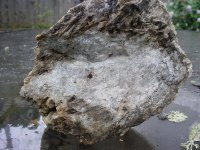
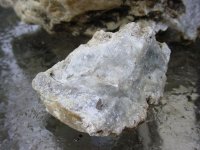
 It came from that hole on the picture,,, when i looked in there a bunchhhhh of flys where inside there where this material
It came from that hole on the picture,,, when i looked in there a bunchhhhh of flys where inside there where this material